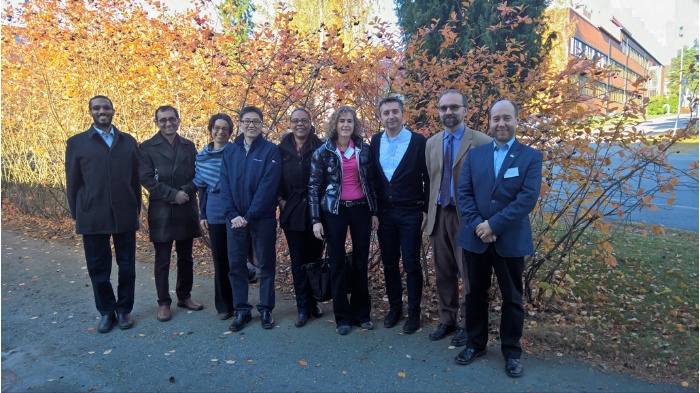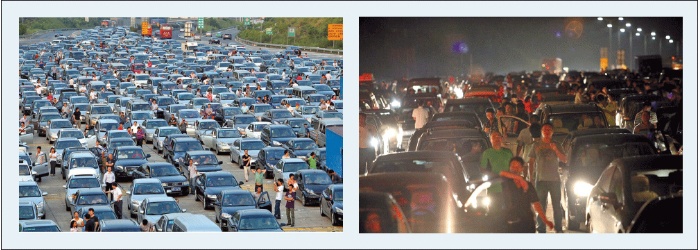
Photonics at the EU-US Frontiers of Engineering in Finland
Photonics at the EU-US Frontiers of Engineering in Finland
Thu Oct 27 09:40:09 CEST 2016

Urban mobility, CO2 capture and storage, integrated photonics and smart systems for personalized health-care were the four themes of interdisciplinary symposium EU-US Frontiers of Engineering that was hold from 17 to 19 October 2016 at Aalto University near Helsinki, Finland. About 60 outstanding engineers from Europe and the USA around the age of 30-45 years were selected to attend the symposium. The photonics session was co-chaired by Pavel Peterka from the Institute of Photonics and Electronics of the Czech Academy of Sciences.
The symposium was organized by the National Academy of Engineering (NAE) in partnership with the European Council of Academies of Applied Sciences, Technologies, and Engineering (EuroCASE) with organizational support provided by the Technology Academy Finland. The event facilitates international and cross-disciplinary research collaboration, promotes the transfer of new techniques and approaches across disparate engineering fields, and encourages the creation of a transatlantic network of world-class engineers.
Pavel Peterka said about the symposium: "Burden of administration and research work forces me to stick to my narrow specialization. Getting knowledge of the latest trends from several other disciplines from such outstanding people and professionals was inspiring and actually quite refreshing. Insight view into the problem of capturing and processing CO2 leads not only to a lesson about its seriousness to the Earth, but also provides a link with photonics, because the best solution to the problem is to reduce production of CO2. In this concern we hear mostly about transport. But look at the data centers: they took last year 3% of total electricity consumption in the USA. This is where photonics can significantly contribute to lower energy consumption of data centers. Inspiring was also perfect and careful preparation of the symposium by the NAE. The last thought of the symposium got stuck in my memory: it was about a question what is the most important task of engineers in the health care by 2050. At the time of 2050, there should be over half a billion people aged over 80 years and it is unrealistic, that care for an ageing population can be managed with overcrowded hospitals. Therefore, the task for engineers is to allow children to care after the parents at home with the help of smart systems of personal health care."
How to get rid of traffic jams? This is the main task of urban transport optimization. It is well known that building ever wider and wider urban roads may even worsen traffic congestions. Mobile applications have brought unexpectedly rapid revolution in transport optimization and now drivers themselves can in real time optimize their route. Huge amount of traffic data delivered from mobile networks allows to model traffic in large urban areas with very detailed resolution and accurate predictions of traffic intensity.

The list of lectures and other information about the symposium can be found at the NAE webpages. (https://www.naefrontiers.org/Symposia/EU-USFOE/22791/50072.aspx)

Photo: Xiao Wang, Wenli Liu, Ke Zeng, Songhang Chen, "Traffic Congestion and Social Media in China", IEEE Intelligent Systems, vol. 28, no. , pp. 72-77, Jan.-Feb. 2013, doi:10.1109/MIS.2013.23
